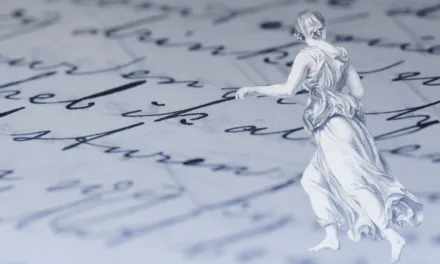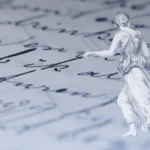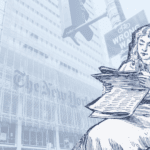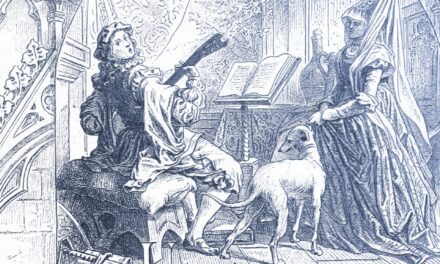
How do I write dual timelines?
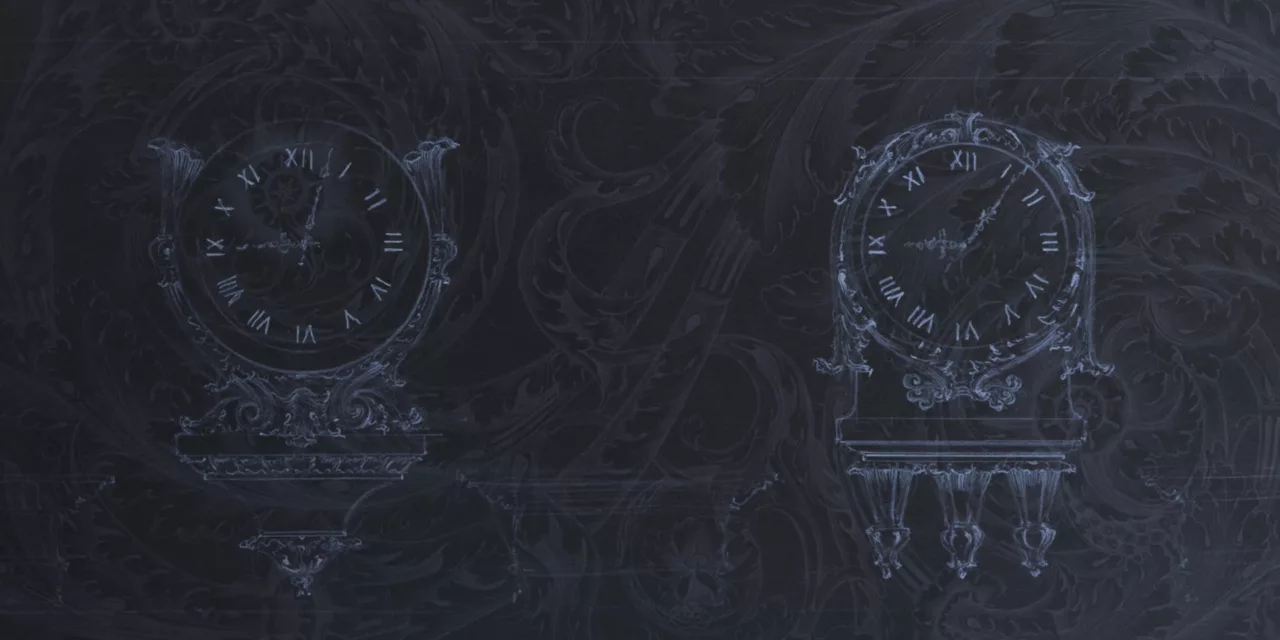
“My story has two time lines, 2010 and 2024 Should i make theses two alternate?”
Some of the most effective stories I’ve read move seamlessly between different time periods, weaving together narratives that span years or even centuries. Dual timelines can be a powerful storytelling tool, adding depth and complexity to your narrative while allowing you to explore how the past influences the present.
However, managing multiple timelines requires careful planning and execution, and there isn’t a one-size-fits-all approach for how to do it. You know your plot better than anyone, so here are some guidelines that will hopefully help you choose which best works for the kind of story you want to tell.
Why use dual timelines?
Dual timelines can serve several important storytelling functions:
- They reveal how past events shape present circumstances.
- They build suspense by gradually unveiling historical mysteries.
- They allow for rich character development across different periods by drawing parallels between them.
- They provide opportunities to explore themes through different historical contexts.
- They can create dramatic irony when readers know more than the characters.
- They can foreshadow present events.
How to structure dual timelines
When it comes to structuring dual timelines, there is no single best approach. But what you do need is a solid foundation for both timelines, and to consider how frequently readers will cross between them. The structure you choose will depend on how closely your timelines are connected and how you want readers to experience the relationship between past and present.
Here are the main approaches writers typically use:
Alternating chapters
The most common approach is to alternate between timelines chapter by chapter. This creates a natural rhythm and helps readers track where they are in each narrative. It works particularly well when both timelines have equal weight in the story.
Longer sections
Some writers prefer to spend several chapters in one timeline before switching to the other. This approach can work well when one timeline needs more extended development or when you want to build more momentum before switching.
Scene by scene
For stories where the timelines are closely intertwined, you might switch between them more frequently, even within chapters. This requires careful handling to avoid confusing readers, but can create powerful connections between past and present events. And if you want to take this to an extreme, an example that tackles multiple timelines simultaneously is Ted Chiang’s Story of Your Life. I recommend it to every writer, because it’s a perfect example of how language and structure can be pushed to its limits in a way that can still be effective and engaging for readers.
Tips for writing dual timelines
Make each timeline distinct
- Establish clear markers of time and place, like character and setting description unique to that timeline.
- Create distinct character voices for each timeline. Language changes, even in a short space of time.
- Use different sensory details to ground readers in each period.
- Keep detailed notes about the chronology of events in both timelines to make your life easier as you’re drafting.
Keep readers oriented
- Start each timeline shift with clear indicators of when and where we are.
- Use chapter headers to identify the timeline.
- Reference distinctive historical events or cultural touchstones, even if they are just specific to your characters.
Balance your timelines
- Make sure both storylines are equally interesting.
- Make each timeline feel necessary to the overall story.
- Create meaningful connections between the dual timelines.
- Maintain tension in both narratives by giving them their own arcs.
Connect your timelines
- Establish clear thematic links between past and present events.
- Use parallel events, situations, or themes to create a connection.
- Show how actions in the past influence the present.
- Make sure both timelines contribute to the story’s central conflict.
Common pitfalls to avoid
Losing momentum
Switching timelines can interrupt narrative flow. Make sure each switch serves the story and keeps your readers invested. End sections at natural turning points that make readers want to return to that timeline later.
Uneven development
One timeline often becomes more interesting than the other. Work to make both storylines equally fascinating and necessary to the overall narrative. If readers start skipping one timeline to get back to the other, you may need to strengthen the weaker narrative.
Confusing transitions
Readers should always know which timeline they’re in. Be consistent with your transition markers and make sure the first paragraph of each switch clearly establishes the timeline.
Weak connections
The timelines should feel meaningfully connected, not just parallel stories happening to different characters. Look for ways to make the connections between past and present feel essential to understanding the full story.
Questions to ask yourself:
When writing dual timelines, regularly check in with these questions:
- Does each timeline serve a clear purpose in the overall story?
- Are both narratives equally developed and involving?
- Are the connections between timelines meaningful and clear?
- Can readers easily track which timeline they’re in?
- Does each timeline switch happen at a natural point in the story?
- Are you maintaining tension in both narratives?
Writing dual timelines requires careful planning and execution, but when done well, it can create rich, layered narratives that resonate with readers. The key is to make both timelines feel essential to the story while keeping readers oriented and engaged throughout. Whether you choose to alternate chapters or take a different approach, make sure each timeline switch serves your story’s larger purpose and keeps your readers wanting more from both periods.
Remember, there’s no single “right” way to structure dual timelines. Experiment with different approaches during your drafting process to find what works best for your particular story. The most important thing is that both timelines feel necessary, working together to create a richer, more engaging narrative than either could achieve alone.


